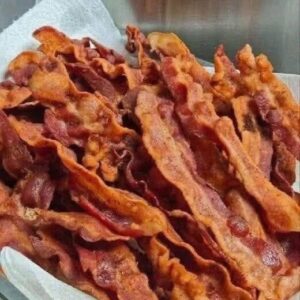The Rise of Fake Honey in Europe
In recent years, the European market has seen a surge in fake honey. Alarming statistics from the Active Consumers organization reveal that half of the tested honey brands fail basic quality standards. These standards include water content, electrical conductivity, HMF, diastase activity, and proline content.
Common Methods of Adulteration
Fake honey is often adulterated in two key ways:
-
Dilution with Glucose-Fructose Syrup: This increases volume but compromises quality.
-
Premature Harvesting: This results in higher water content and lower quality honey.
Ineffective DIY Tests
Popular DIY honey authenticity tests, like the napkin test and hexagon shape test, often fail to deliver reliable results. Real honey may still spread on a napkin, and honey doesn’t form hexagons in water. Moreover, ants are attracted to both real and fake honey, making it an unreliable indicator.
Reliable Testing Methods
While density and dissolution tests offer some insight, they are not foolproof due to the variety of honey types. To confirm authenticity, laboratory testing remains the most reliable method, especially as counterfeit honey becomes more sophisticated.




